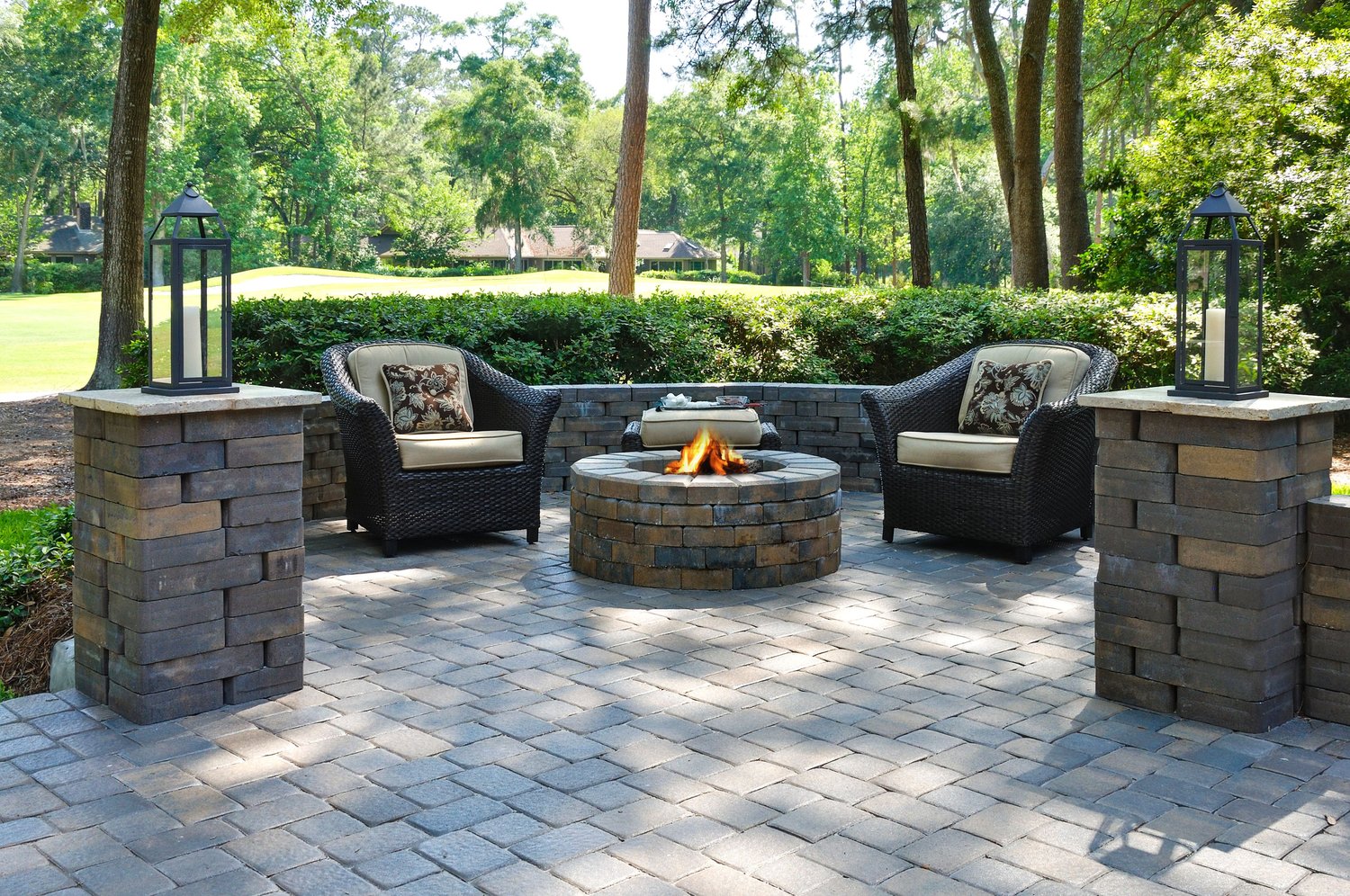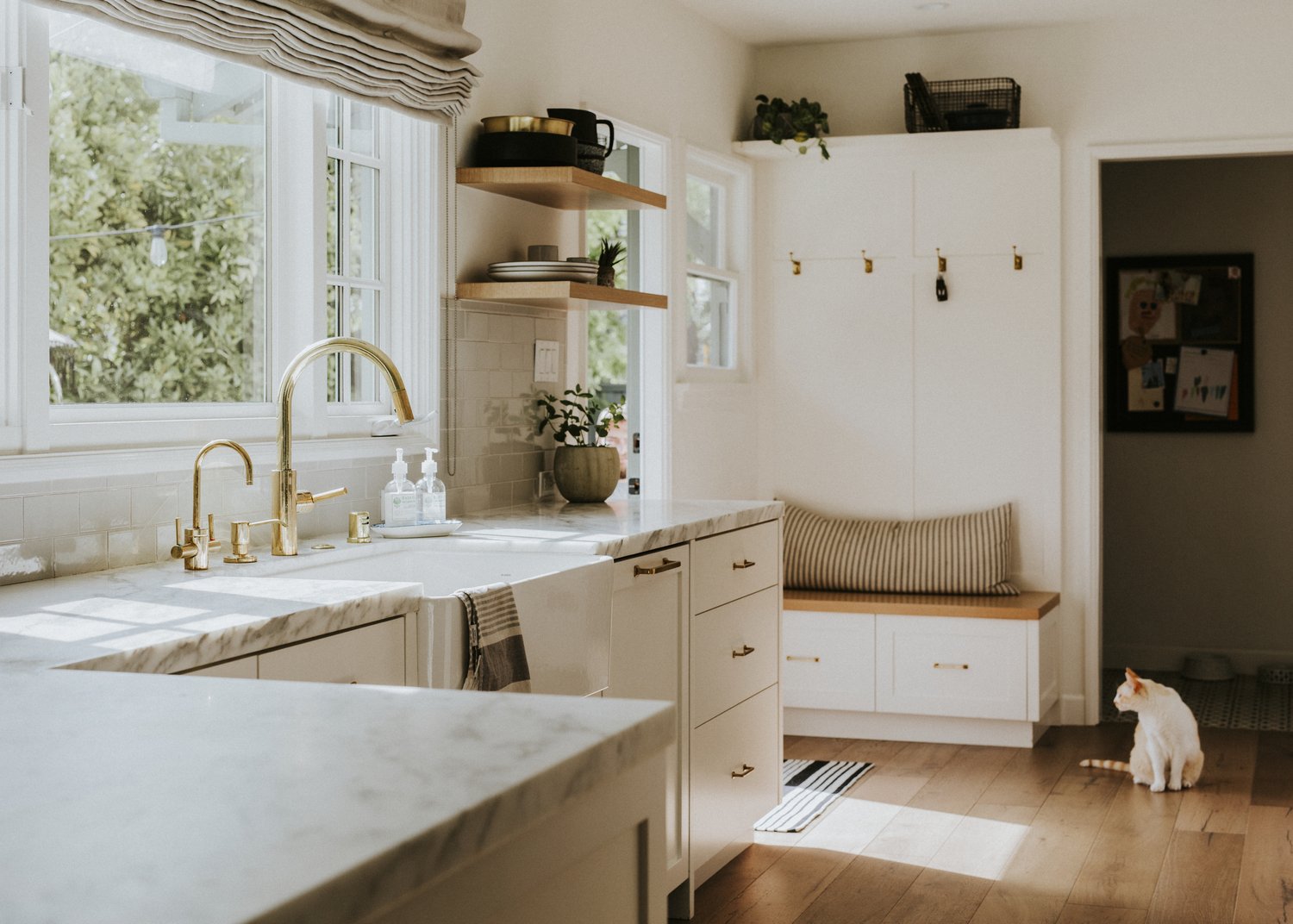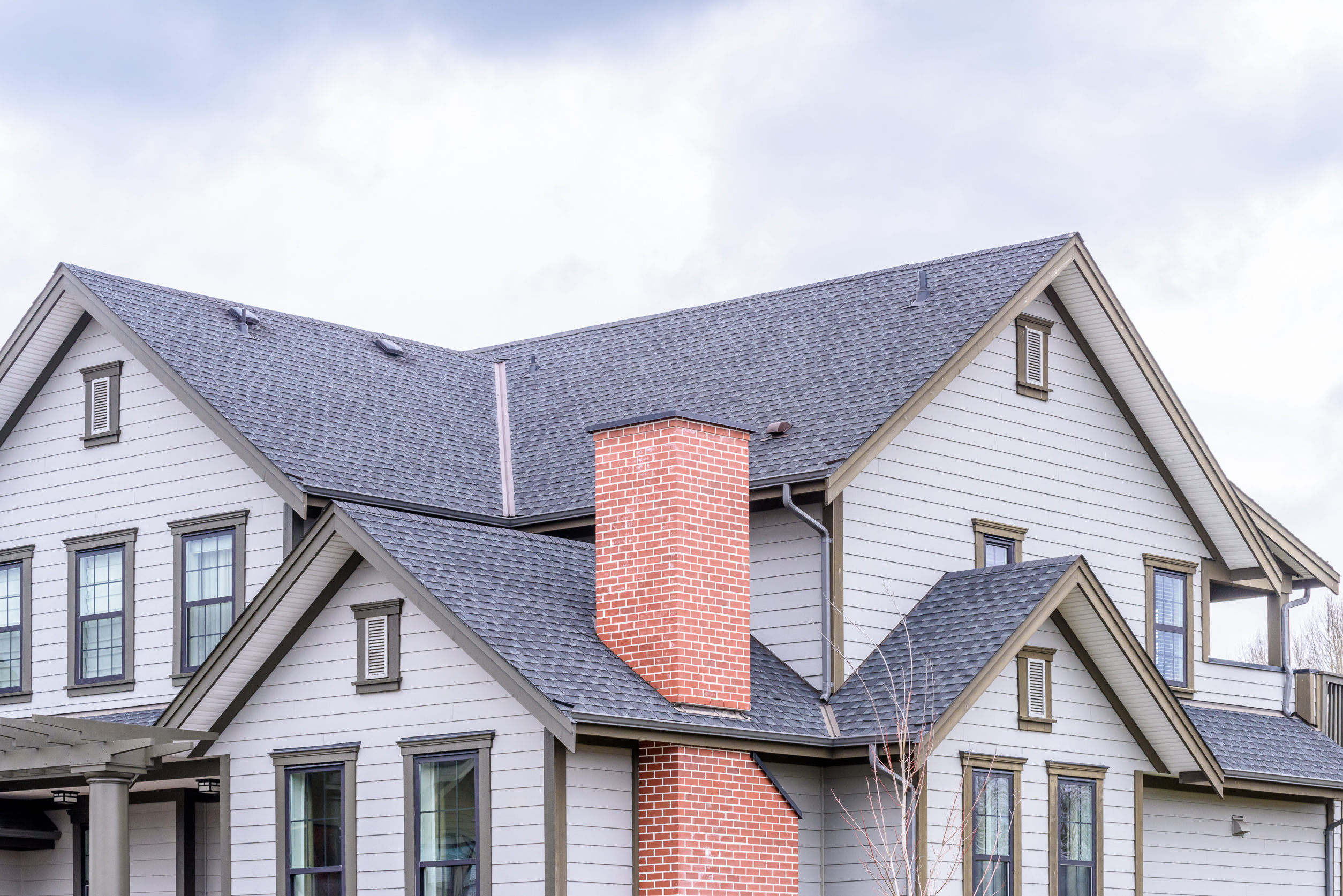A fire pit can transform any ordinary backyard into a cozy gathering space for family and friends throughout the year. Whether you’re looking for a simple portable solution, considering a diy fire pit kit, or planning to invest in a custom fire pit design, numerous options match your style, space, and budget. This article explores various fire pit styles, materials, installation considerations, and essential safety tips to help you create the perfect outdoor fire feature for your home.
Types of Fire Pits for Every Backyard
Backyard enthusiasts should consider the various fuel types available when exploring fire pit ideas. Wood-burning fire pits offer that authentic crackling sound and smoky aroma that many associate with campfires and outdoor gatherings. They typically cost less upfront but require a steady supply of firewood and more cleanup. Gas fire pits, powered by propane or natural gas, provide instant flames with adjustable heat output and no ash or embers to clean. While the gas fire pit’s installation cost is higher initially, many homeowners appreciate the convenience and cleanliness these systems offer for regular use.
Portable fire pits provide flexibility for those who want to move their fire feature around their yard or take it on camping trips. These ready-made options come in materials like steel, copper, or cast iron and require minimal setup. For homeowners seeking more personalization without starting from scratch, a diy fire pit kit offers pre-cut materials and instructions to build a semi-custom installation without professional help.
Materials and Design Considerations
The materials you choose for your fire pit significantly impact aesthetics and durability. Natural stone creates a timeless, rustic appeal that blends seamlessly with landscape elements. Manufactured concrete pavers offer consistency in color and shape while providing excellent heat resistance. Metal fire pits, particularly those made from Corten steel, develop a distinctive patina that many find attractive for contemporary designs over time.
Consider how the feature will integrate with your landscape when planning a custom fire pit design. Round fire pits encourage people to gather in a circle and work well in open spaces. Square or rectangular designs complement modern architecture and can double as coffee tables when not in use. Built-in seating walls around the fire pit create a dedicated conversation area and eliminate the need for separate outdoor furniture, as recommended by design experts at AskHomey.
Installation Process and Cost Factors
For those considering professional installation, understanding the gas fire pit cost installation factors is essential for budgeting. A basic gas fire pit installation typically costs $1,200 to $5,000, depending on size, materials, and gas line requirements. More elaborate custom fire pit designs with premium materials, integrated seating, and advanced features can exceed $10,000. Wood-burning installations generally cost less because they don’t require gas lines, but still benefit from professional construction to ensure proper drainage and heat management.
DIY enthusiasts can save considerably with a diy fire pit kit, which typically costs between $200 and $700. These kits include pre-cut blocks or pavers, a metal fire ring, and detailed instructions. The installation process usually takes a weekend to complete and requires basic tools. Careful planning is essential for completely custom builds without a kit to ensure proper dimensions and material quantities.
Safety Considerations for All Fire Pit Types
Safety must remain a priority regardless of which fire pit ideas backyard owners implement. All fire pits should be placed 10-15 feet away from structures, trees, and other combustible materials. A level surface is essential to prevent tipping or instability. For wood-burning pits, a spark screen helps contain embers, while gas models should include emergency shut-off valves that are easily accessible.
Weather considerations also impact fire pit safety and longevity. In regions with harsh winters, covering your fire pit or storing portable models indoors extends their life. For permanent installations, proper drainage prevents water accumulation that could cause cracking or deterioration of materials. Many custom fire pit designs now incorporate weather-resistant features like covers and drainage systems as standard elements.
Enhancing Your Fire Pit Experience
The ambiance created by your fire pit can be enhanced with thoughtful accessories and surrounding elements. Consider adding weather-resistant outdoor lighting along pathways leading to your fire pit area. Comfortable, durable seating that captures heat while allowing easy movement creates an inviting atmosphere. For gas models, decorative fire media like colored glass beads or lava rocks can personalize the appearance of flames.
Landscaping around your fire pit helps integrate it into your overall backyard design. Low-growing plants placed at a safe distance add texture and color without creating fire hazards. Consider making a dedicated “room” for your fire pit in larger yards with strategic plantings or hardscape elements that define the space while maintaining open sight lines to other areas.
For more tips and to connect with reliable home service professionals, follow AskHomey on Facebook and Instagram.



